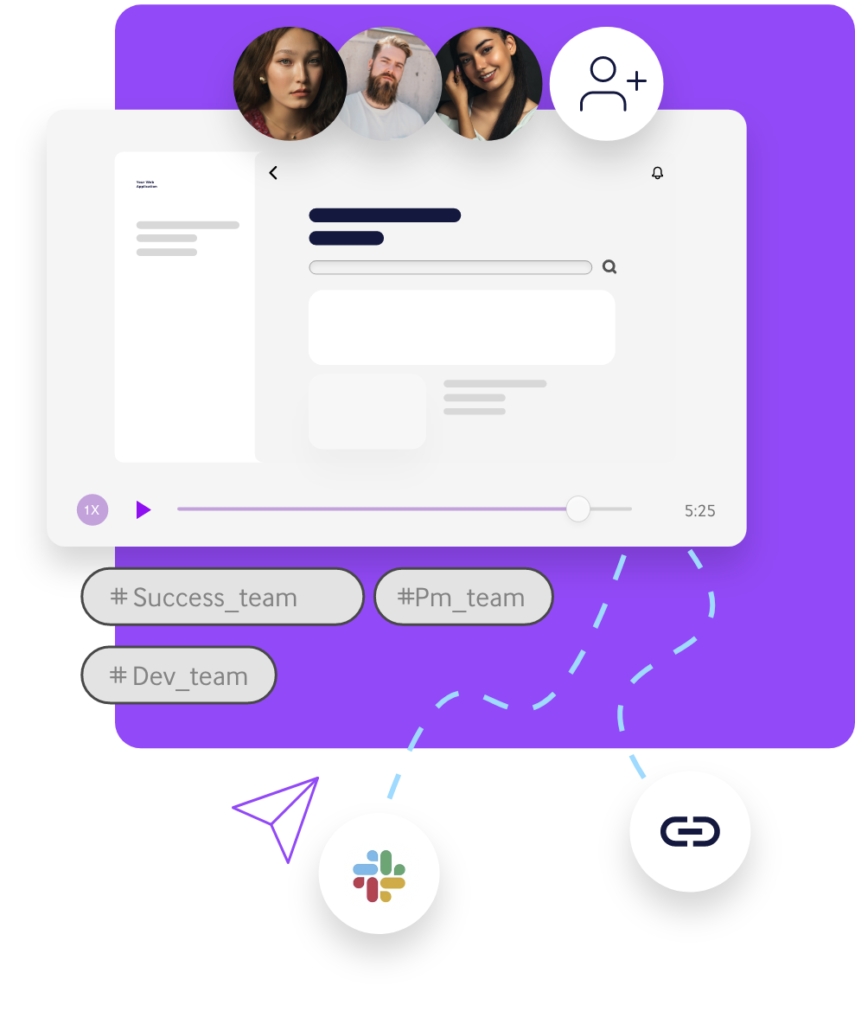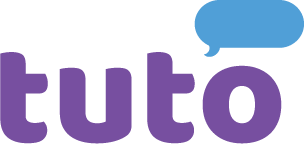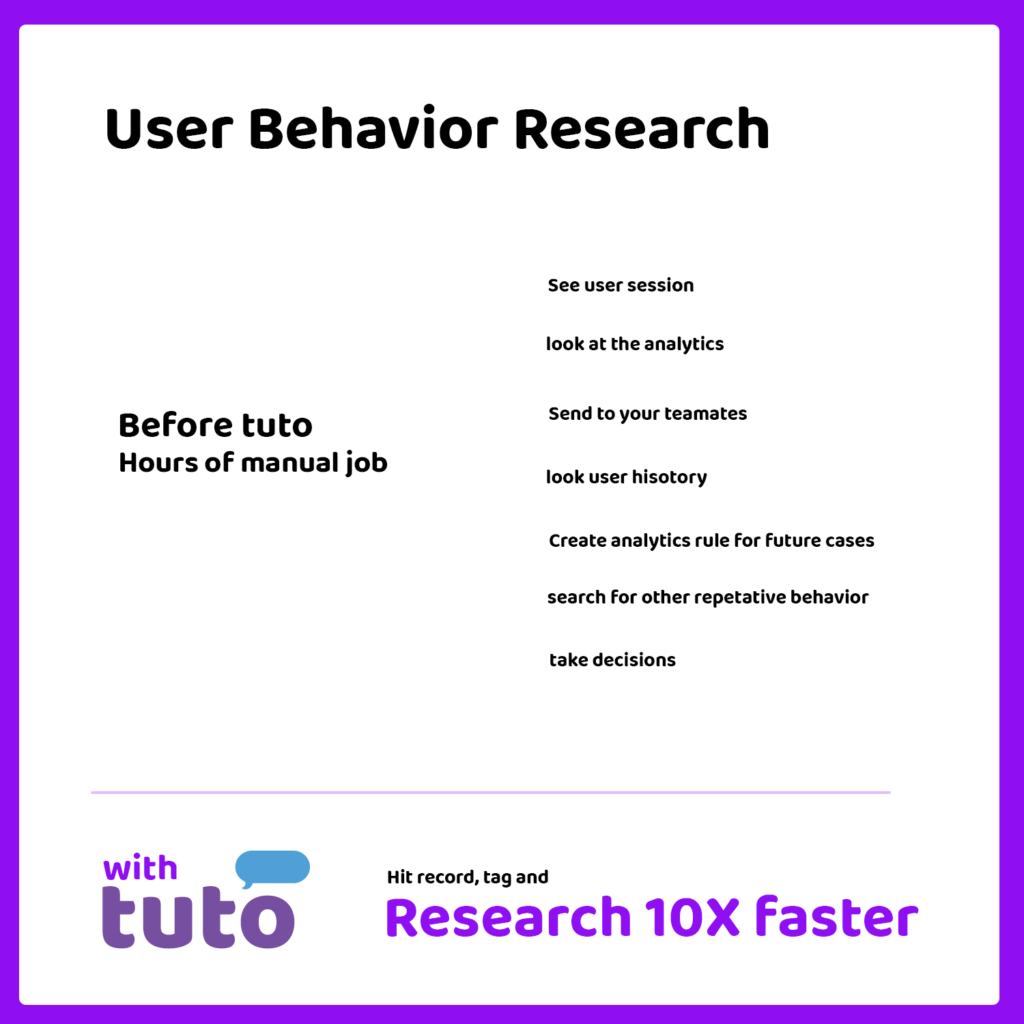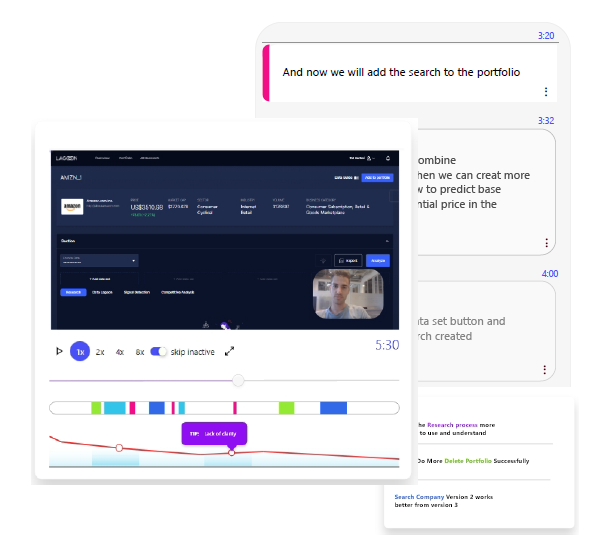Digital transformation. We hear these two words on a daily basis, pertinently throughout the Covid-19 pandemic. In a first for the current living generations, the world stopped. As the world stopped and we all stayed home, our outlooks differed. We pivoted our thinking, our way of reasoning and learning and our world views. We had to transform, adapt and realign our priorities. One way that we did this was through the power of digital. With the world now becoming singular in its operations, we needed ways to converge and conquer. Our answer to this was technology.
With 15 000 SaaS (Software as a Service) companies being incorporated throughout the pandemic year of 2020, we had to rethink and rewire our brains to deal with the influx of new technological solutions. As part of the world’s digital transformation, we needed to relearn how to use this onset of new and emerging technologies. Gone were the days of simple understanding and it brought a new stream of what we like to call the Future of Learning.
What is the Future of Learning?
The most simple way that we as a company use to explain the future of learning to our customers is through a simple classroom example.
A school classroom of today is simply not the school classroom of thirty years ago. Where time in the classroom was all about the learning of facts from textbooks way back when, today the way students learn has seen for itself a paradigm shift. Students of today are our leaders of the future and the way that they are currently learning will in the near future impact the way in which our current world operates. Apart from the technological strides with one most prevalent example being that of teaching through tablets instead of through textbook studies – the way in which students are now taught to think has also changed.
Today’s advanced world has made way for students to become partners and co-creators of their education. The previously mentioned facts such as the reason for the USA to have gone bust in 1929s great depression has seen change to students now evaluating the USA before and after the depression and for them (with the guidance of course) formulating their own knowledge.
Today’s students are more autonomous, strong headed and clear on what they wish to take from certain knowledge bases. Not only does this cause a pivot in the way that our youth think. We are now forced to catapult our workforces into an entirely new league to help our current world adapt to the new learning.
As John Dewey so profoundly said: “If we taught today as we taught yesterday, we rob our children of tomorrow”
Future of Learning from a Technological Point of View:
According to a research conducted by HubSpot in 2018 based on video demand increases it was found that. 54% of consumers want to see more video content from a brand or a business they support. https://www.oberlo.com/blog/video-marketing-statistics
With learning trends as previously mentioned becoming not only autonomous and somewhat automatic. We, at tuto, have defined video as being the most useful technological tool to tackle future learning trends.
At tuto, we use IPT (Intelligent Product Tutorial) as a way for ourselves to create the first knowledge engine for internet software. Our use of video as not only a front-end tool to help you understand your users product gaps, allows your product users to generate their knowledge and understanding. With the launch of our alpha version software, we found that video stands as key knowledge for 2 key metrics that we as tuto hold dear to our operations:
Autonomous Understanding
Above all, when users of the tuto software utilize video as a form of content to help track user knowledge. Our users have inculcated the software within themselves. Where previous user knowledge was primitively governed by WOM (Word of Mouth) or customer driven surveys. Video has allowed for tuto users to generate (alongside the data generated by tuto) their own understanding of their users. Video content for the end company shows how your users understand your knowledge. Autonomy is crucial in the new realm of learning. Through our video data analytics, we have generated ways for you to fully understand your users.
Simplicity
Our tuto developers have so masterfully generated for tuto a world-class IPT generation tool. Ultimately, when you as a company wish to gather user data through video. We provide you the tools to do this all on your own. Videos that not only track user sessions throughout your software but also automatically provide you with the data needed to change up your current training is as simple as pressing record. Yes, this sounds completely intuitive but the best way that you as a company can fully inculcate the powers of tuto is through the scheduling of a demo. Schedule a demo for free here today: https://tutoit.io
What is Different About tuto Video as a Learning Platform?
The importance of a change in learning methodologies is absolutely crucial to the discerning learner. As we highlighted at the beginning of this blog post. If we do not change our ways in teaching the youth of today – it is our wrong doings to them that will come and destroy us in our futures. The same principle applies to the teaching of current and future users of our products. Our User Behaviour research highlighted the key struggles in the user training field. Before tuto, the ways in which companies had to solve the learning gap was similar to that of school classes thirty years ago. It took hours of manual labour to train users on certain platforms or products. The process was a 7 step process inclusive of:
1. Seeing user sessions
2. Look at the analytics
3. Send to teammates or other people involved in User Training
4. Find the individual user history to compare past and current cases
5. Create analytics rules for future cases based on current user proficiency
6. Search for other repetitive behaviour
7. Make viable decisions.
In conclusion, not only does this ‘ancient’ method for understanding user training cost vital capital resources. Effective research into your users is not fully guaranteed.
We have taken all of our understanding of user learning trends into account and created a system that combines all of the above steps into one. This is all done through video. As the tuto blogger, I wake up each morning and think of the marvels that have come before us to make our product possible. But with the way we currently learn, teach and research I am in awe of what we as a company have been able to achieve. tuto is making waves in the field of User Training and in thirty years from now – some wishful thinker will be thinking of how tuto as a company has helped them create a software that reshapes and re-pivots the current way of thinking.
Till Next Time,
The tuto blogger
